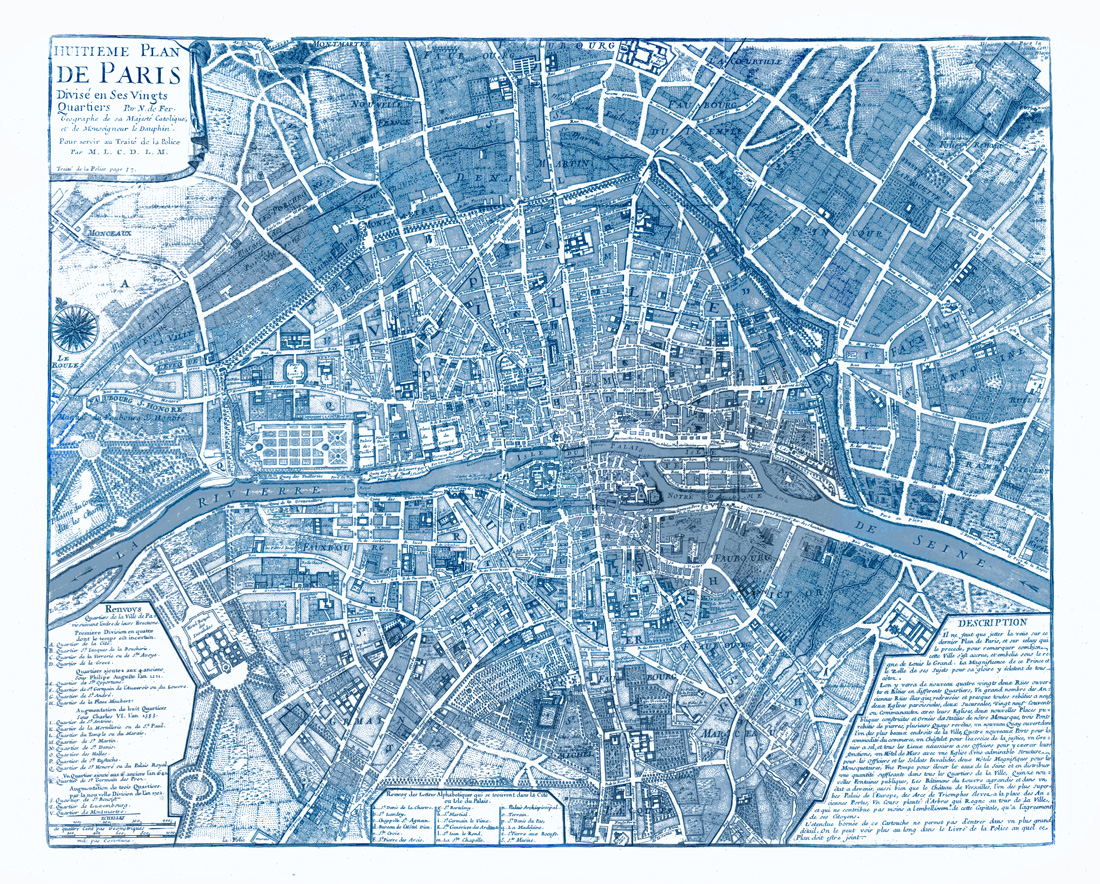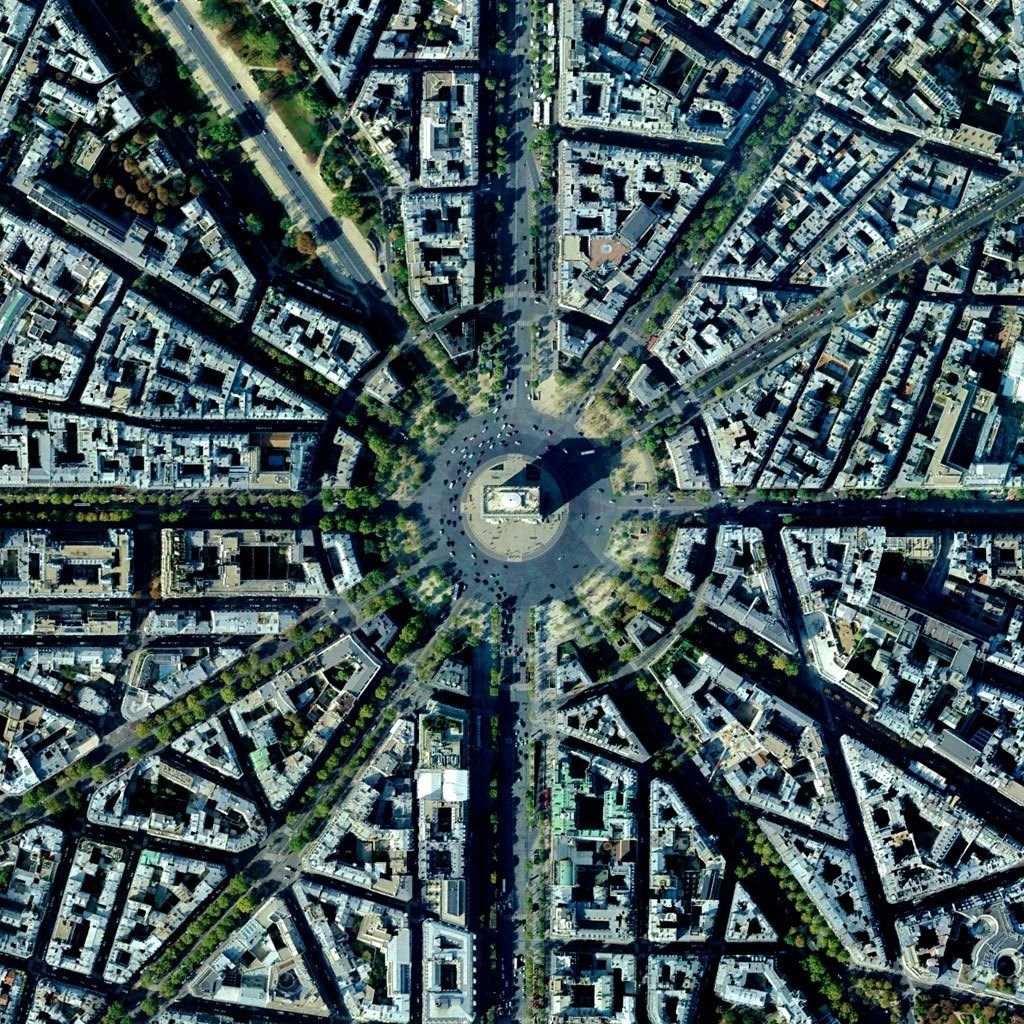SafeCityMap
Fanticelli, H. C., Rabenjamina, S., Viana, A. C., Stanica, R., de Oliveira, L. S., & Ziviani, A.
(2022). Data-driven mobility analysis and modeling: Typical and confined life of a metropolitan
population. ACM Transactions on Spatial Systems and Algorithms.
Fantecele, H., Rabenjamina, S., Viana, A. C., Stanica, R., & Ziviani, A. (2021). SafeCityMap (1st
phase) – COVID INRIA mission: Investigating population mobility habits in metropolitan zones and the
lockdown impact using mobile phone data. [Research Report]. Inria.
SafeCitymap is a data-driven project investigating how individuals' mobility patterns at a
metropolitan scale were affected by the Covid-19 pandemic, and especially by the harsh French
lockdown conditions enforced from March 17, 2020 to May 11, 2020 (i.e., two weeks before and during
the first lockdown). For this, we used spatiotemporal aggregated mobile phone data provided by SFR,
a major SFR French telecom operator, covering a geographical region focused on the city of
Paris.
An essential property of this data is its fine-grained spatial resolution, which, to the best of our
knowledge, is unique in the COVID-related mobility literature. Contrary, to regions or country-wide
resolution, the data describes population mobility flows among zones ranging from 0.025
km2 to 5.40
km2, corresponding to 326 aggregated zones over the total area of 93.76 km2 of
the city of Paris.
Our goal is to quantify (in space and time) two phenomena: (1) the attendance of and (2) the
visiting flows in different urban areas, both before and during the lockdown, so as to quantify the
consequences of mobility restrictions and decisions at a urban scale.









